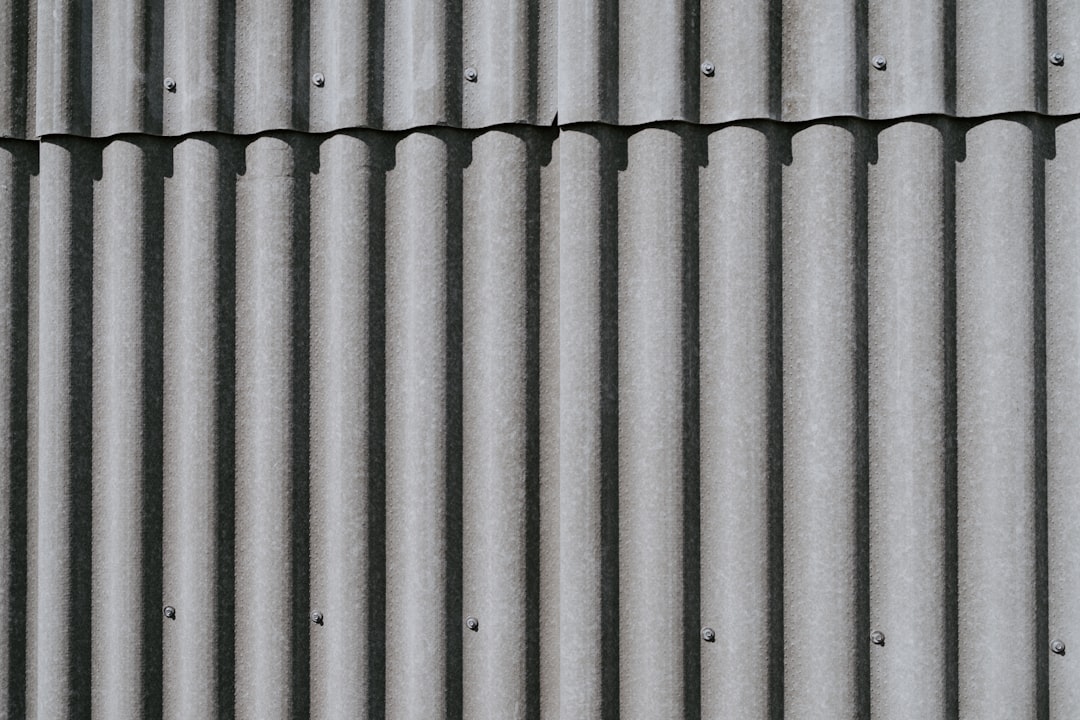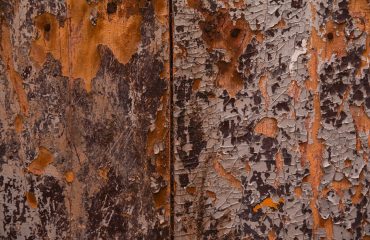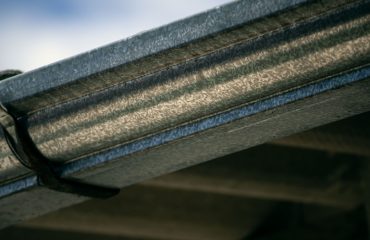body {
font-family: sans-serif;
line-height: 1.6;
}
h1, h2, h3 {
color: #333;
}
Choosing the right steel for a specific application can be crucial for its success and longevity. Two prominent types of stainless steel, ferritic and austenitic, often compete for consideration. Understanding their fundamental differences is key to making informed material selection decisions. This post will delve deep into the properties, applications, and crucial distinctions between these two vital steel families.
Crystal Structure: The Foundation of Their Differences
The core difference between ferritic and austenitic stainless steels lies in their crystal structure. Ferritic steels possess a body-centered cubic (BCC) crystal structure, while austenitic steels have a face-centered cubic (FCC) structure. This seemingly subtle difference has profound implications for their mechanical and physical properties. The BCC structure of ferritic steel leads to higher strength and hardness but lower ductility and toughness compared to the FCC structure of austenitic steel. The FCC structure allows for greater atomic mobility, resulting in superior formability and weldability.
Corrosion Resistance: A Battle of Chromium Content
Both ferritic and austenitic stainless steels owe their corrosion resistance to chromium content. Chromium forms a passive chromium oxide layer on the steel’s surface, protecting it from oxidation and corrosion. However, the level and effectiveness of this protection differ. Generally, austenitic stainless steels, often containing higher chromium levels (typically 16-26%), exhibit superior corrosion resistance, especially in aggressive environments. Ferritic steels, with slightly lower chromium content (typically 10-27%), offer good corrosion resistance, but their performance may be compromised in highly corrosive or chloride-rich environments.
Mechanical Properties: Strength vs. Ductility
The difference in crystal structure directly impacts the mechanical properties of these steels. Ferritic steels, with their BCC structure, typically exhibit higher yield strength and tensile strength but lower ductility and elongation compared to austenitic steels. This means ferritic steels are stronger and harder but less easily deformed. Austenitic steels, with their FCC structure, are known for their excellent ductility, formability, and toughness, making them suitable for applications requiring significant deformation or impact resistance. This makes austenitic steels preferred for applications like deep drawing and pressure vessels.
Weldability: Navigating the Challenges
Weldability presents another significant difference. Austenitic stainless steels are generally considered easier to weld than ferritic steels. Their FCC structure allows for greater plasticity, reducing the risk of cracking during welding. However, austenitic steels can be susceptible to sensitization, a process where chromium carbide precipitates form at grain boundaries, reducing corrosion resistance in the heat-affected zone. Ferritic steels, while weldable, require careful control of welding parameters to avoid cracking due to their lower ductility and higher tendency for hydrogen embrittlement.
Applications: Tailoring the Steel to the Task
The distinct properties of ferritic and austenitic stainless steels lead to their use in diverse applications. Ferritic steels are commonly used in automotive exhaust systems, kitchen appliances, and architectural cladding due to their good corrosion resistance and high strength-to-weight ratio. Their lower cost compared to austenitic steels also makes them attractive for certain applications. Austenitic stainless steels find applications where high corrosion resistance, ductility, and formability are crucial, such as in chemical processing equipment, food processing equipment, medical instruments, and cryogenic applications. The superior corrosion resistance of austenitic grades makes them ideal for marine environments and other harsh conditions.
In summary, the choice between ferritic and austenitic stainless steel depends heavily on the specific requirements of the application. While both offer excellent corrosion resistance, their differences in crystal structure, mechanical properties, and weldability dictate their suitability for different tasks. Careful consideration of these factors is essential for ensuring optimal material selection and performance.
SEO-Friendly Tags:
- Ferritic Steel
- Austenitic Steel
- Stainless Steel Comparison
- Steel Properties
- Material Selection Guide




